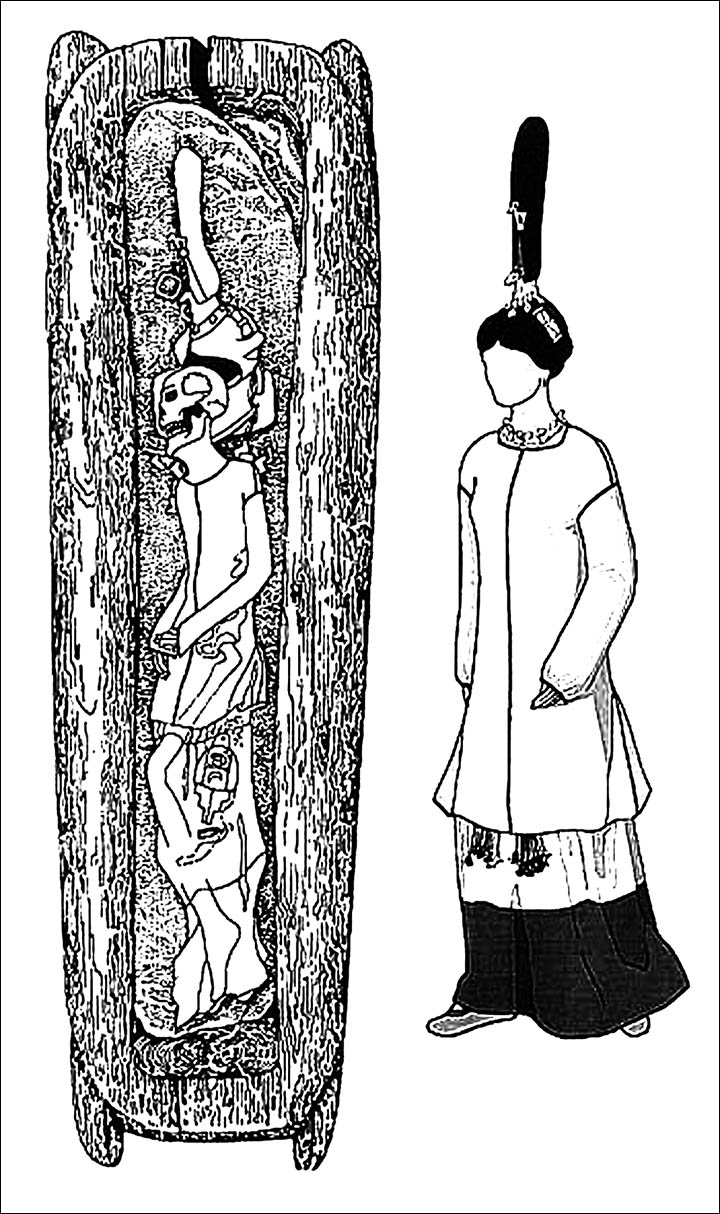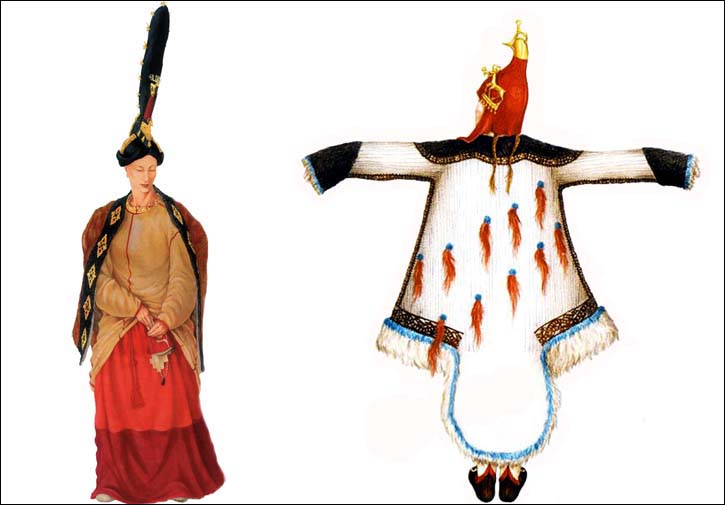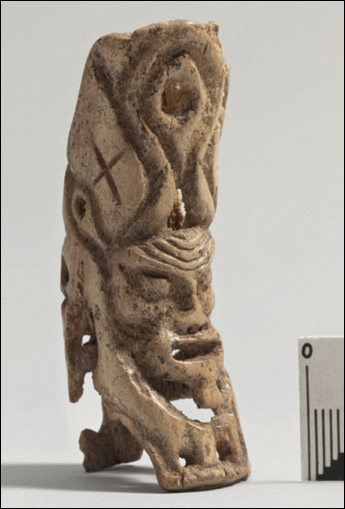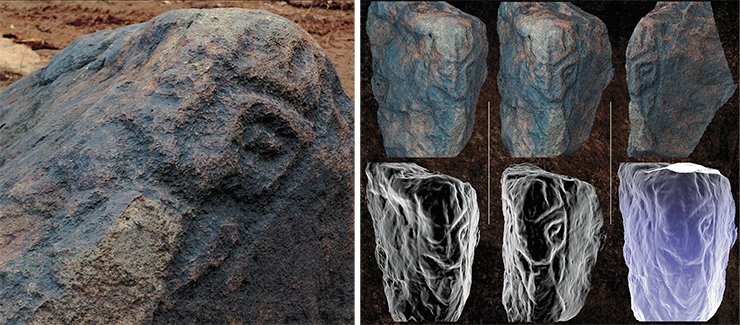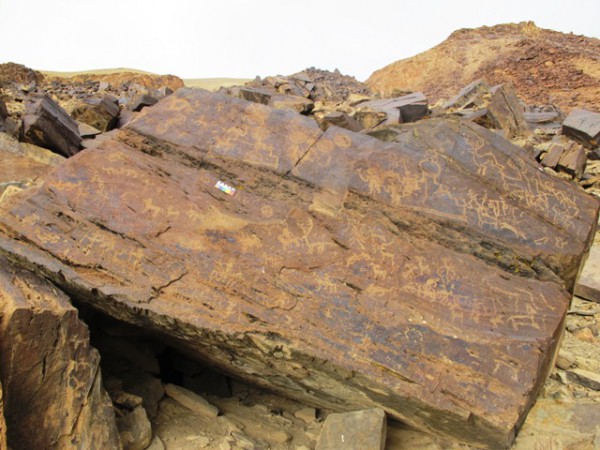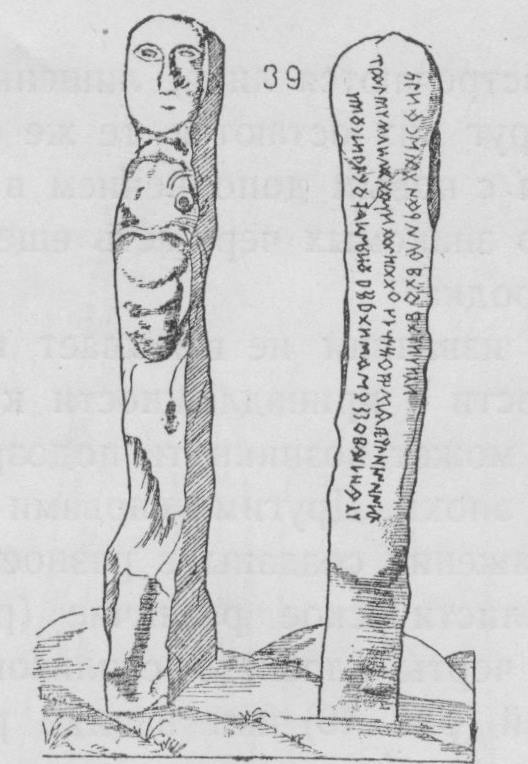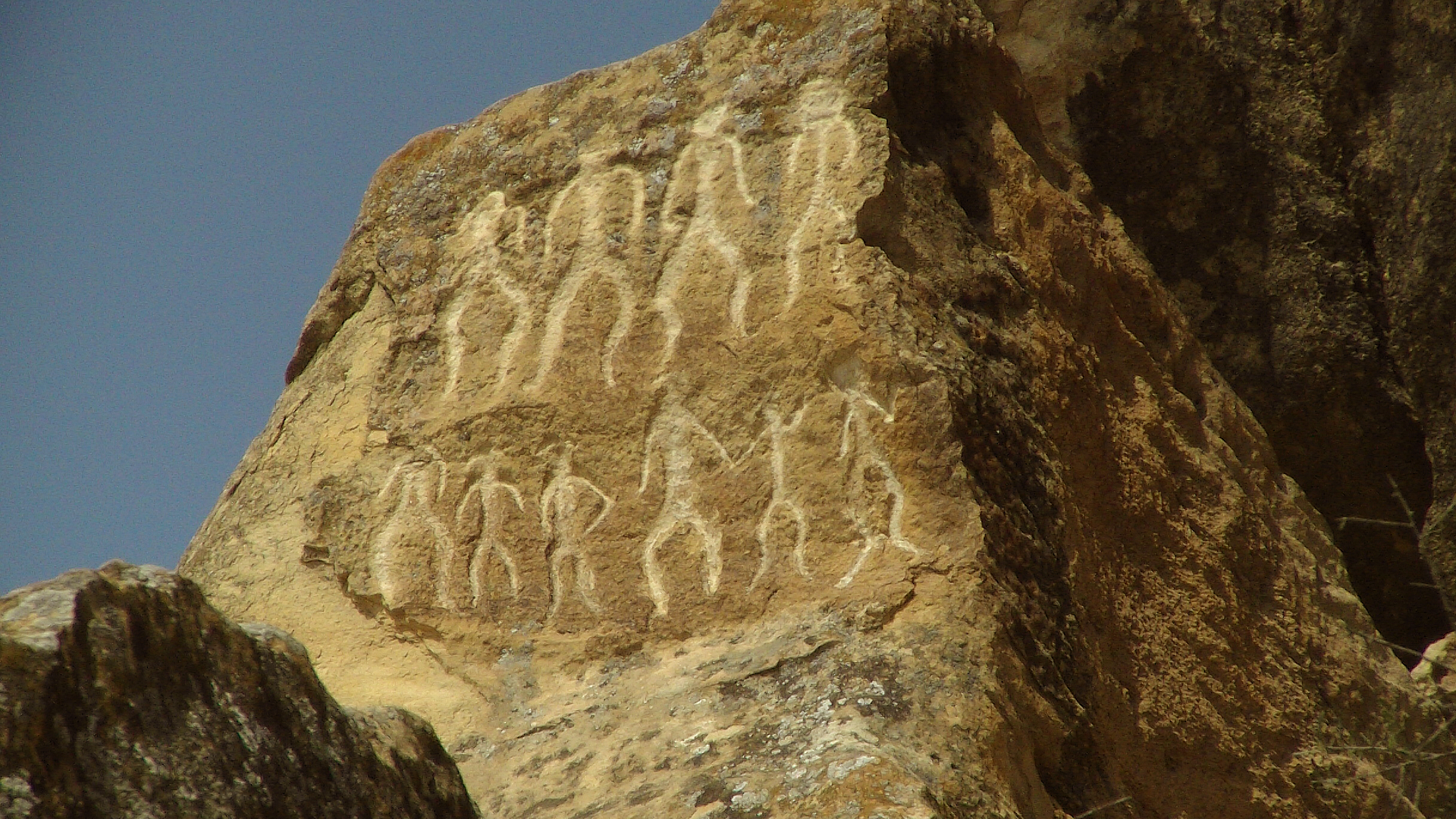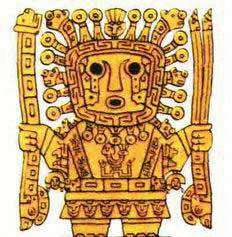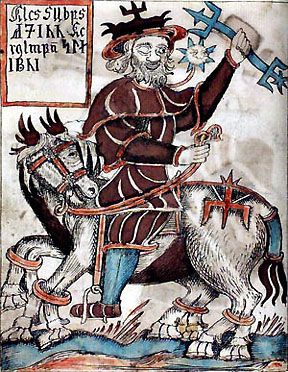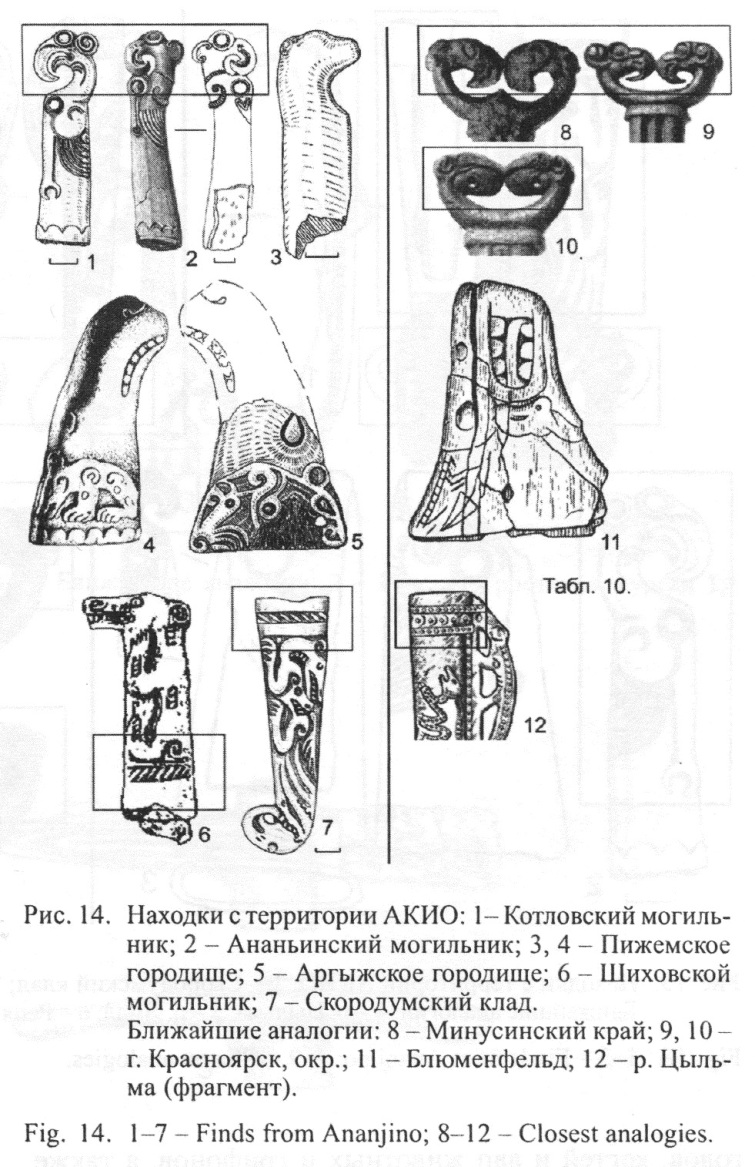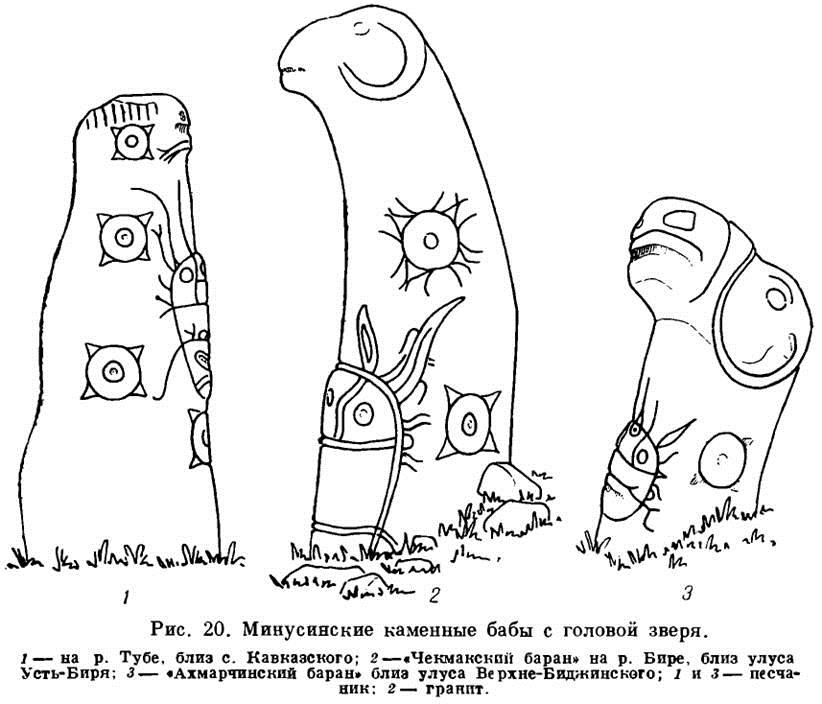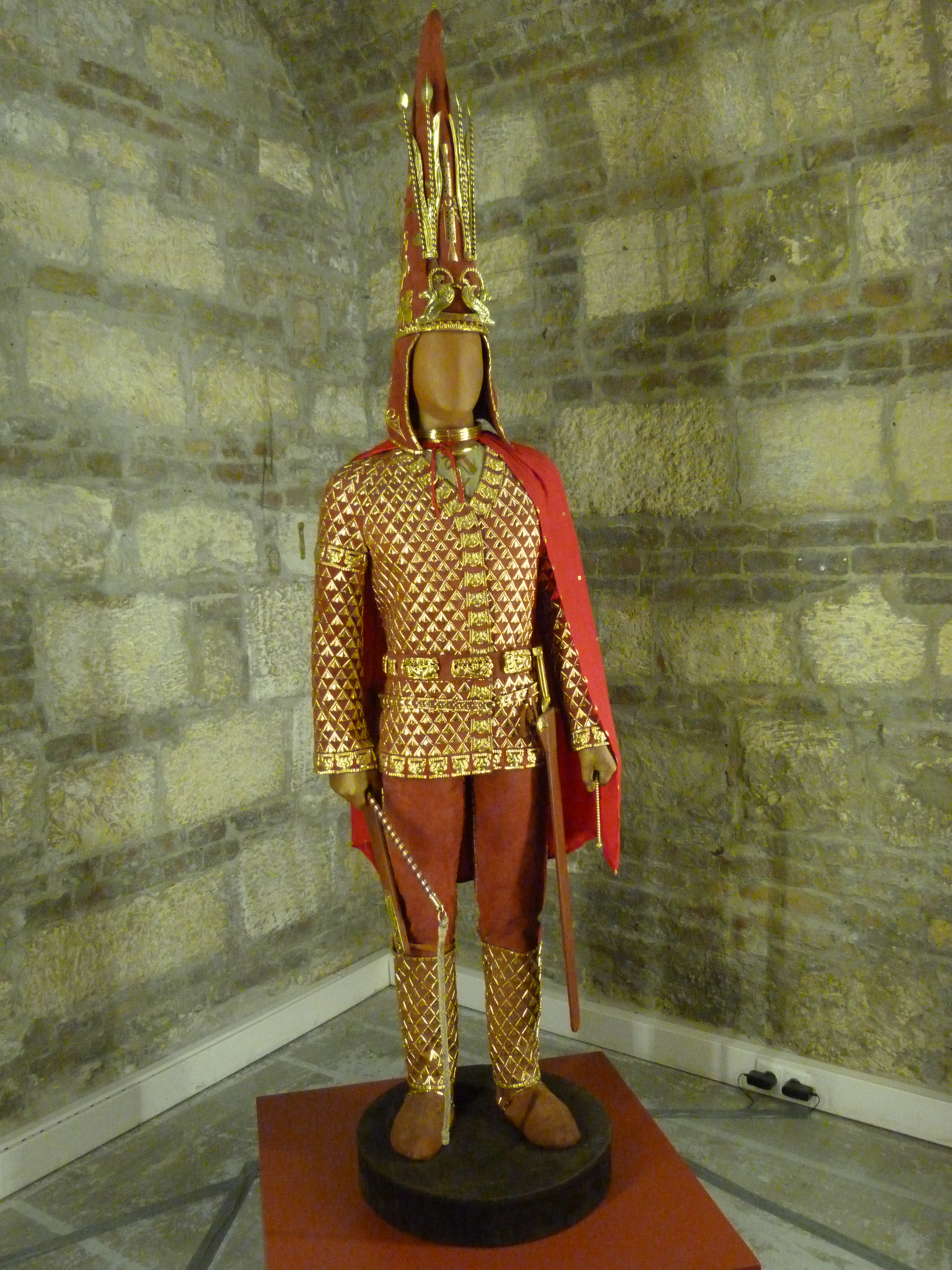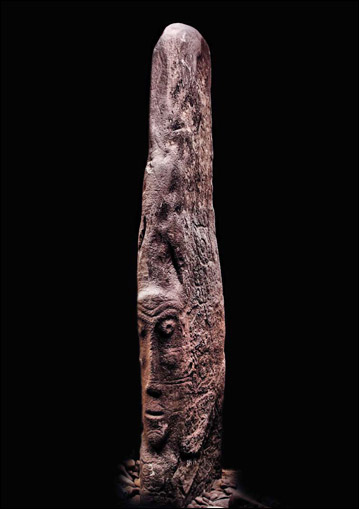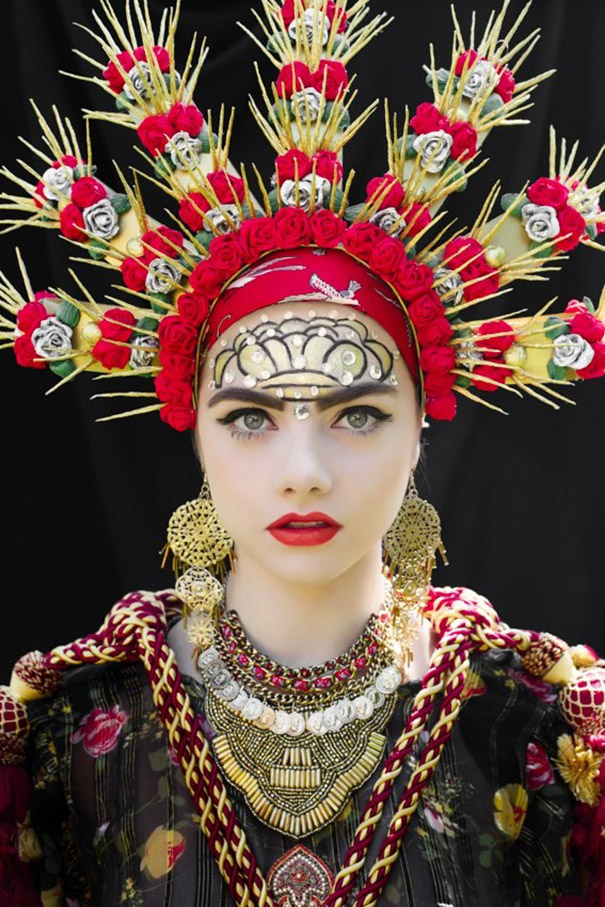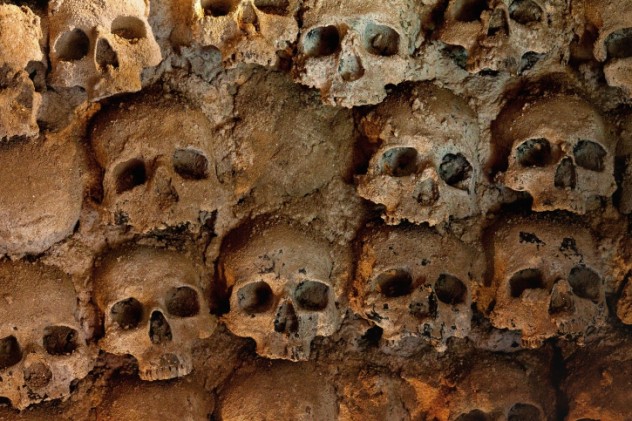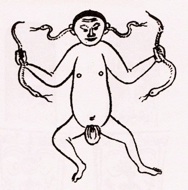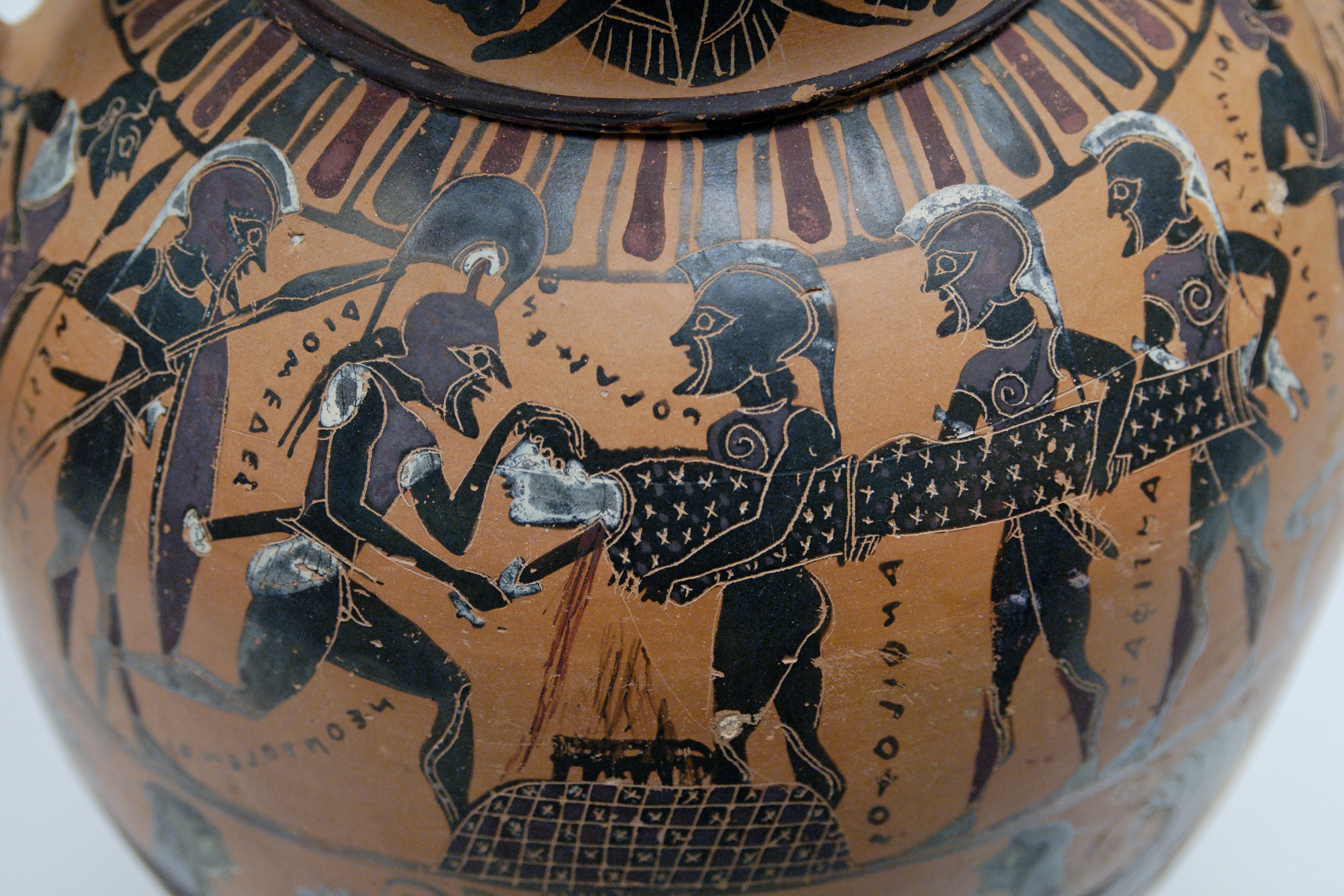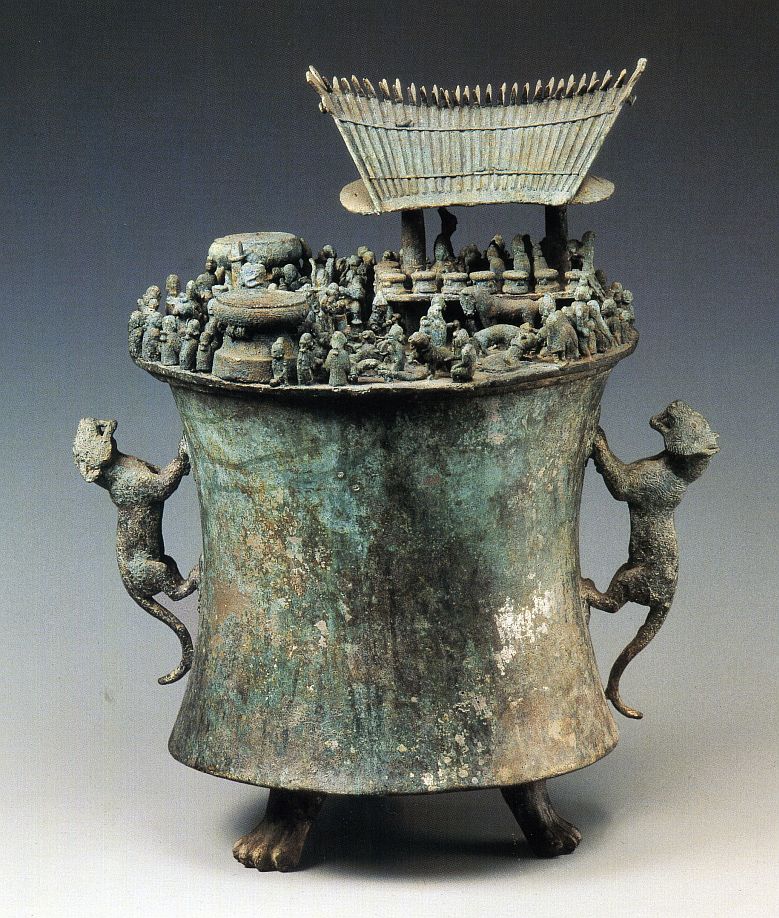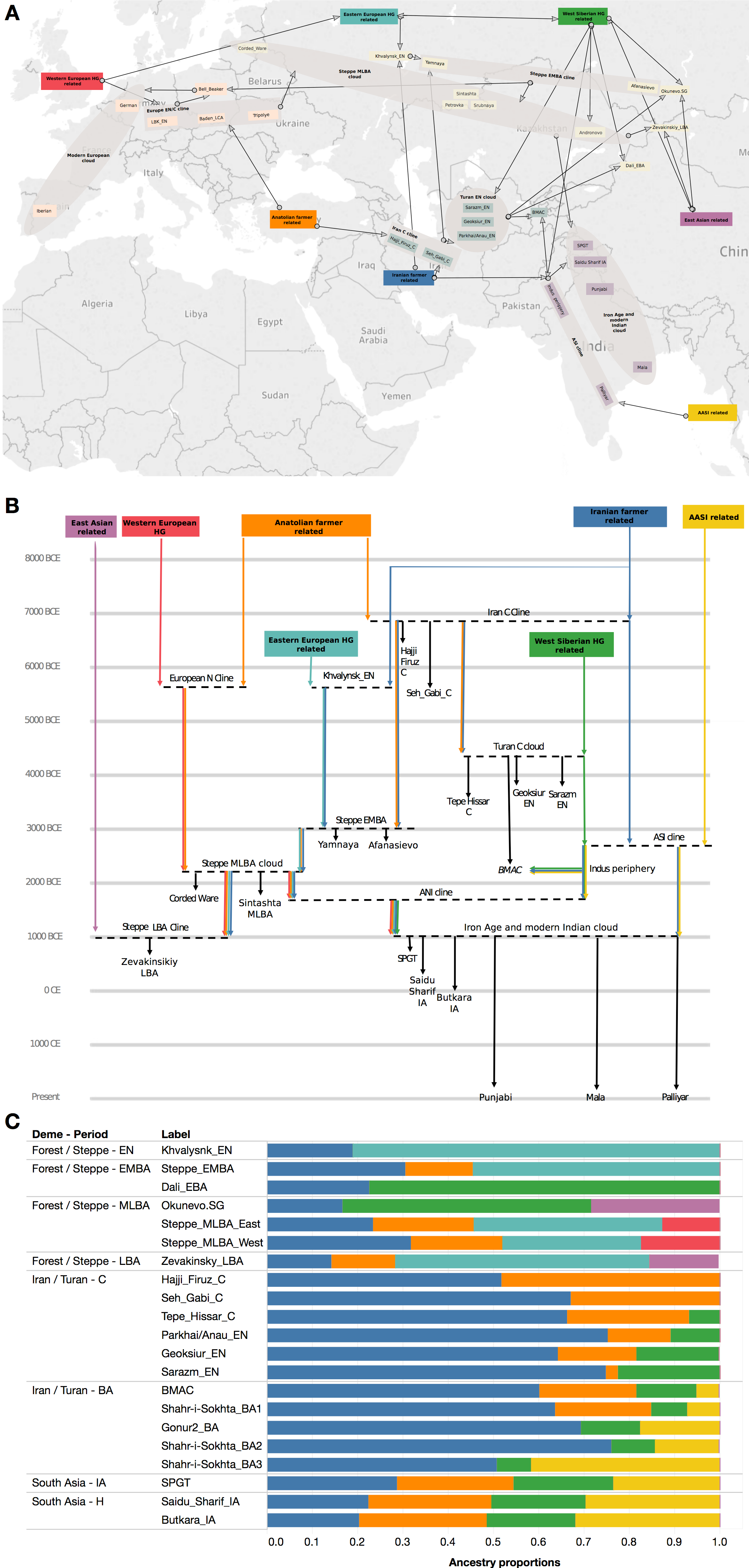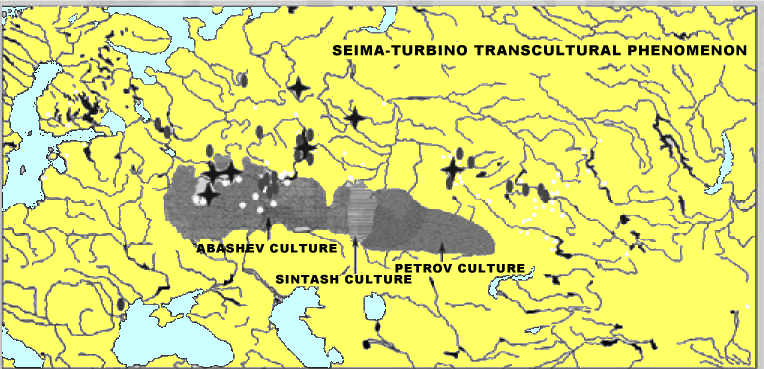
Seima-Turbino transcultural phenomenon (22-17century bc) starting from Altai (p 91 in the below research)
As mentioned above, the EasAsMP’s earliestphase was associated with the striking Seima Turbinotranscultural phenomenon, and subsequentlyit seems to continue the Seima-Turbinotraditions of metallurgy and metal processing.The most important materials characteristic of theearly EasAsMP come from burials of the widelyknown Karasuk cultures (Chlenova 1972;Chernykh 1992: 264-271) (13). The numerousmetal finds come from graves, most of whichhave been destroyed by recent tillage.Between the early Seima-Turbino and laterKarasuk types of metallurgy there are sufficientlystriking and obvious points of interrelation (compareFigs. 14 and 17). However, attempts to reconstructthe dynamics of metallurgical developmentin the Sayn-Altay region encounterdisappointing lacunae in the available evidence.We have shown that the aggressive wave ofSeima-Turbino populations was definitely aimedwestwards. We saw that its chronological range,established by contacts with the Abashevo Sintashtacommunity is the five centuries from2200 to 1700 BC
The “Steppe Belt” of stockbreeding cultures in Eurasia during the Early Metal Age
El “Cinturón estepario” de culturas ganaderas en Eurasia durante la Primera Edad del Metal Evgeny Chernykh (*)
http://tp.revistas.csic.es/index.php/tp/article/viewFile/149/150
By wiki
The Altai Mountains in what is now southern Russia and central Mongolia have been identified as the point of origin of the cultural enigma of Seima-Turbino Phenomenon.[2][4] The culture spread from these mountains to the west.[3] Artefact types such as spearheads with hooks, single-bladed knives and socketed axes with geometric designs traveled west.[5]Although they were the precursor to the much later Mongol invasions, these groups were not yet strong enough to attack the important social sites of the Bronze Age.[6]
It is conjectured that changes in climate in this region around 2000 BC and the ensuing ecological, economic and political changes triggered a rapid and massive migration westward into northeast Europe, eastward into China and southward into Vietnam and Thailand across a frontier of some 4,000 miles.[4]
Nevertheless, there are clearly certain contacts between two given waves orstreams. Some cemeteries of obviously Seima-Turbino type clearly include burials with Abashevo or Abashevo-Sintashta weapons and (occasionally) ceramics. These burials follow Seima-Turbino ritual canons: i.e., human remains were almost always absent. These cases are important for both the relative and absolute chronology of the two groups. It is remarkable, however, that Abashevo Sintashta necropolises do not contain Seima-Turbino elements
In southern Siberia, the Okunevo culture probably learned about copper-base metallurgyfrom the Afanasievo (Chernykh et al. 2004, p. 28). However, while the rare Afanasievometal artifacts are of unalloyed copper, gold, and silver, the Okunevo used both copper andtin-bronze for knives, awls, and bracelets. Okunevo finds include one bronze cast socketedspearhead, the earliest such spearhead this far east
Compare semima-Turbino’s weapon and sintashta’s
David Anthony (2007, pp. 434–444) has commented, ‘the tin-bronze spears, daggers, and axes of the Seima–Turbino horizon were among the most technically and aesthetically refined weapons in the ancient world, but they were made by forest and forest-steppe societies that in some places…still depended on hunting and fishing’
In cemeteries of obviously Seima-Turbino
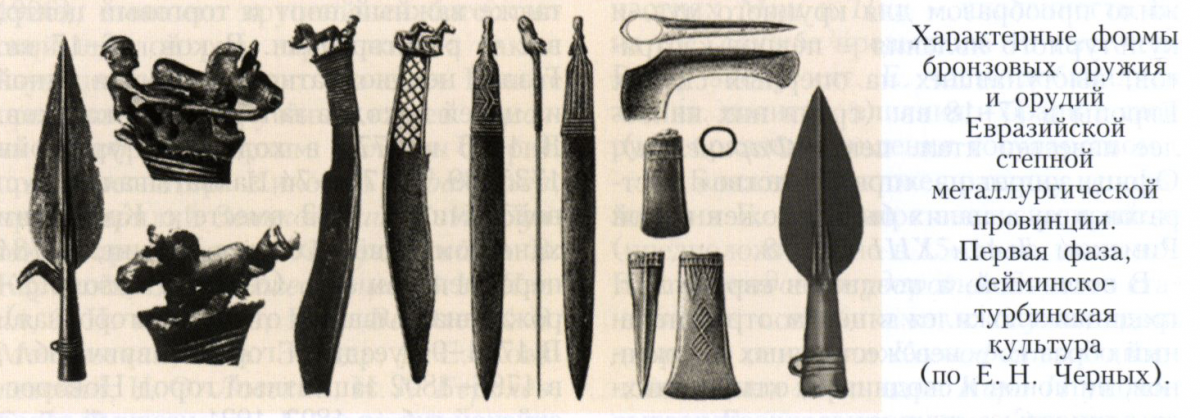
In sintashta
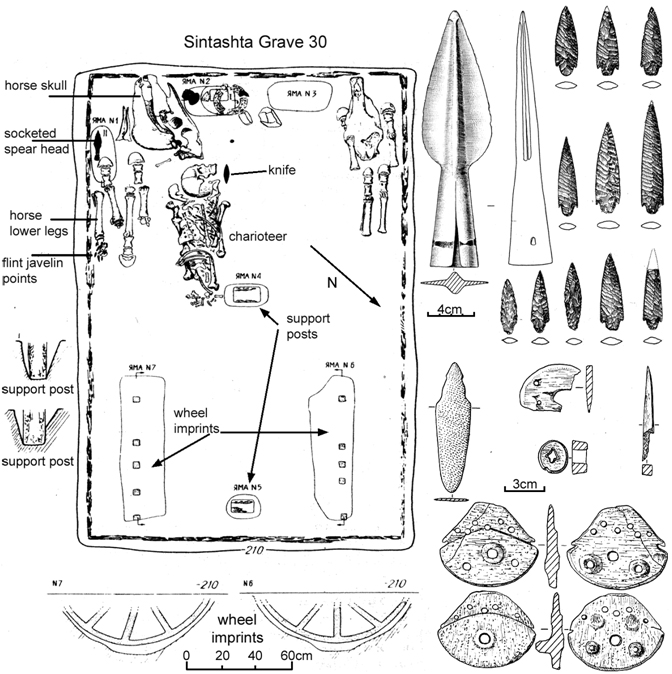
Last edited:





